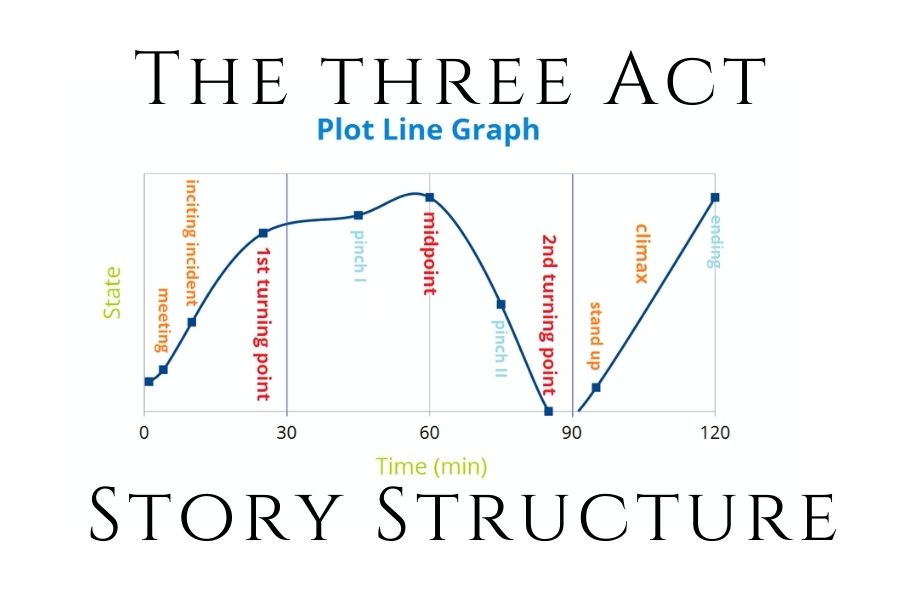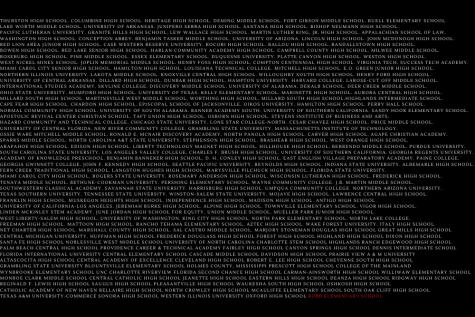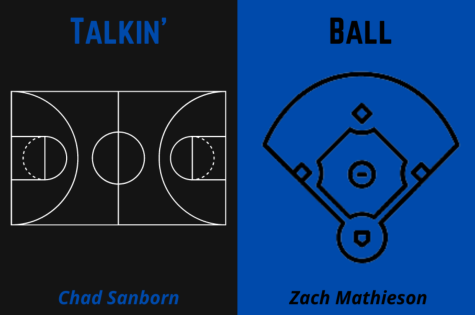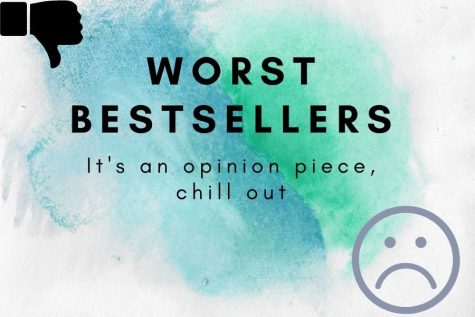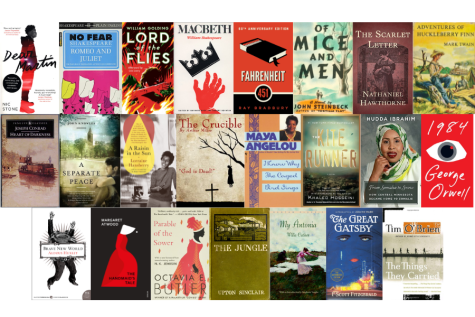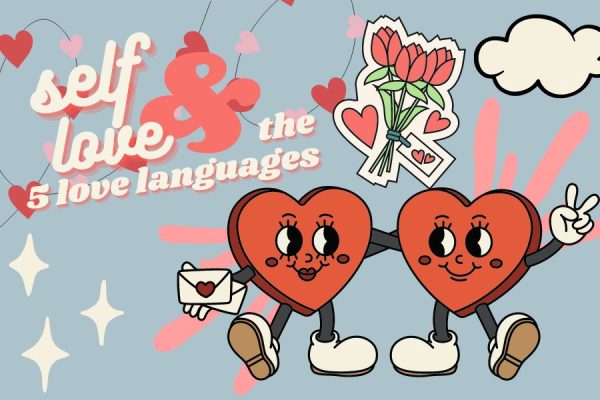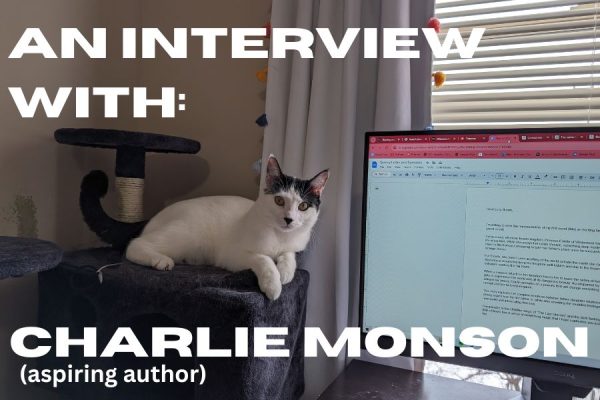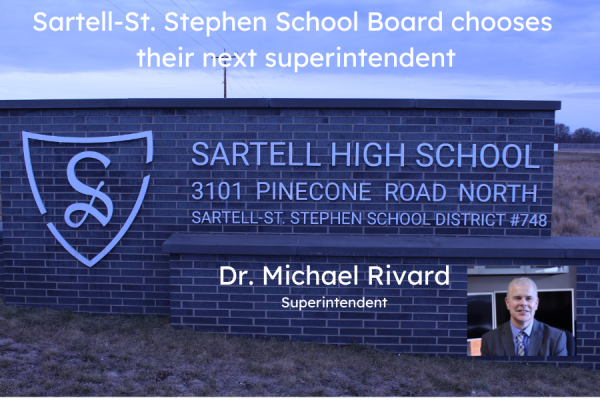Why is the Three Act Structure important?
Have you ever written a story that is absolutely boring to your audience? It might be because you’re not going by the Three Act Structure.
The Three Act Story structure is not a rule for writing but is very important to help write an engaging impactful story.
Have you ever written a story that is absolutely boring to your audience? It might be because you’re not going by the Three Act Structure.
What is the Three Act Story Structure you ask?
The Three Act isn’t a formula or an absolute rule when it comes to storytelling, but it is incredibly important as it keeps your beginning, middle and end separate. According to Studiobinder, it is a tool of basic organization that acts as a model to divide up your story into three parts and acts as an anchor to the story a storyteller wants to tell without wandering off without it. In 1978, screenwriter Syd Field in his published book, Screenplay, labeled these parts setup, confrontation, and resolution. Although this isn’t the only label for these parts. Exposition, Build, Rising Action, and many more titles have been given to these parts but they all describe the same thing.
Basically, The Three Act structure is a basic tool that helps storytellers develop their story. Beginning with Act One or Setup. Here, the storyteller sets up the world of the story. From the setting to the characters to the characters’ goals and the obstacles in the way of those goals. The ending of the first act leads into Act two with what we called the Turning Point. This marks the beginning of the story and the conflict that drives it. Next in Act Two or Confrontation, the stakes of the story rise while the characters try to achieve their goals. Lastly, Act Three begins with the climax, or the highest point of the story. This is where the story begins to de-escalate until all the plot lines and questions are wrapped up either in success or failure.
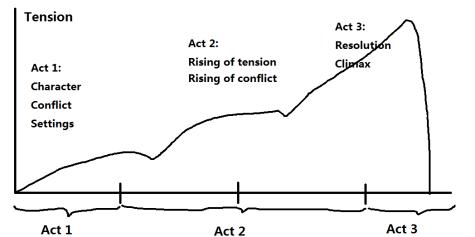
But why is any of this important if it’s not an absolute rule to go by?
You might be asking. With the help of Artlist Blog and Writing Cooperative, I’ll show you why using film as a poor story structure can be more apparent here than other forms of storytelling.
Whether you’re an experienced professional or a newbie, the core of every good film is a well written engaging storyline. The Three Act structure helps the process as well as sharpen your skills by giving to a basic structure to go off of. And it can be absolutely vital to creating a story your audience is happy with. If one of these parts is missing, it may leave you audience uninterested in your character’s adventure and apathetic to how it ends.
To help, let’s look at a good and bad example. Speed and Fantastic Beasts: Crimes of Grindelwald (aka: FB).
As a rule of thumb, in a movie, the setup will be around 20 to 30 minutes. This is to ensure the writer properly sets up the world, the characters, and the conflict without dragging it out and boring your audience. Toward the end of this chunk of the movie there will be a turning point that kicks the story into motion. The storyteller’s ultimate goal here is to set things up and leave the audience with questions they’ll want resolved by the end. The most classic of which is, will the characters succeed in their goals?
First, Speed is a really good example of this. It takes just the right amount of time to set up each of the main characters we’re truly focused on in the movie, their motivations, and the conflict with the villain. By beginning with the characters’ past experience with the villain and how they dealt with him, we both get a good look at the characters and why the conflict is happening. The turning point here is when the villain tells one of the characters that he has attached a bomb to a bus that’ll go off it it reaches below 50 mph. Leaving the audience questioning how they will save the bus riders and get rid if the bomb.
On the other hand, FB is a bad example of this. The movie spends the majority of its time setting characters up and prevents the conflict from really coming into focus and beginning. This is most apparent when we learn the backstory of a character seconds before the “climax” of the film that has nothing to do with the climax or the resolution of the film.
Next is Act Two or the Confrontation. Sometimes called the rising action, this will be the longest of the three parts. It’s up to the writer how long this section will be but it’s important to make sure it does not drag on past its welcome. This is where the stakes will be rising until they can either rise no more or this is not turning back, which is where the climax, or the highest point of the story will take place, marking the beginning of the final act 3 or resolution. Let’s go back to the two movies we were looking at. In the movie speed, the rising action is done very well in that there is a lot to do. From finding out that the bomber has a camera on the bus and has been watching them, to finding out through the death of one of the passengers that anyone who tries to get off will cause the bus to blow, to the death of one of the main character’s friends, and finally finding out that in order to disarm the bomb they must try and find a way to get under the bus. All of this going on is really good escalation that gets the viewer invested by the possibility of them getting off the bus safely being more and more difficult. Until finally it gets to the climax when the two main characters face off against the bomber after finally getting off.
However, on the other hand, FB is a poor example of rising action. Once again going back to the issue of setting up the world, because FB spends so much time setting characters up and telling or showing the audience things in much longer times than needed or things that have little to do with the main plot, the main plot and conflict is held back from fully engaging the audience and rising the stakes of the conflict. So by the time the climax came around viewers and critics, such as The Closer Look were left disappointed and some not even realizing until afterwards that the climax was indeed the highest point of the story.
Finally, there is the final act or the resolution. Here is where the story wraps up all the plots, questions, and problems that have been in the movie. Unless there is a sequel, then the movie will be wrapped up but also set up the next movie during the resolution as well. So one final time, let’s look at our two movies. In the movie Speed, the movie is wrapped up by finally getting everyone off the bus, chasing down the bomber before he causes more harm, and the two main characters getting together romantically. It’s able to do this by being super engaging and leaving no questions left unanswered. Going from getting off the bus to chasing down the villain in a subway to the two main characters kissing and none of it feeling rushed. On the other hand, because of the other issues the movie holds, Fantastic Beasts has a weaker resolution. Because the movie spends most of its run time setting things up and not focusing on the actual conflict, it left many questions unanswered and the questions answered were either barely unanswered or disappointing to its audience. The two questions that the movie did manage to focus on, who Credence was related to and why can’t Dumbledore and Grindelwald fight, were not properly resolved. First when it is revealed who Credence is related to, it is merely told to the audience at the end of the movie in direct opposition of what was set up earlier in the movie. Then, secondly, the answer to the question of why can’t Dumbledore and Grindelwald fight was wrapped up in a rush with one of Newt’s pets randomly finding a physical representation of it with no set up, and is not fully explained what that object is. Overall leaving many critics and viewers such as the cosmonaut variety hour heavily disappointed with the movie’s ending.
So in conclusion, while the Three Act structure is not the only structure to go by and isn’t the end all that all writers must use, it is the easiest way for storytellers, both new and old, to not leave audiences disappointed or disengaged with their work.
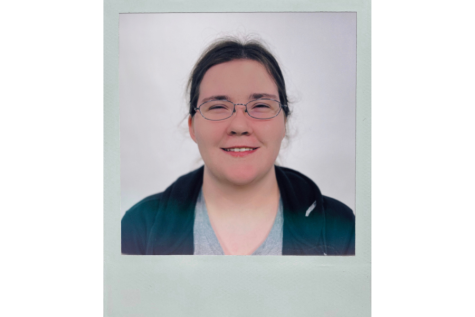
Hello, my name is Maggie Brands. I'm a senior. I'm new here so I'm excited to see what will happen in this class and what we do here. I enjoy reading and...



